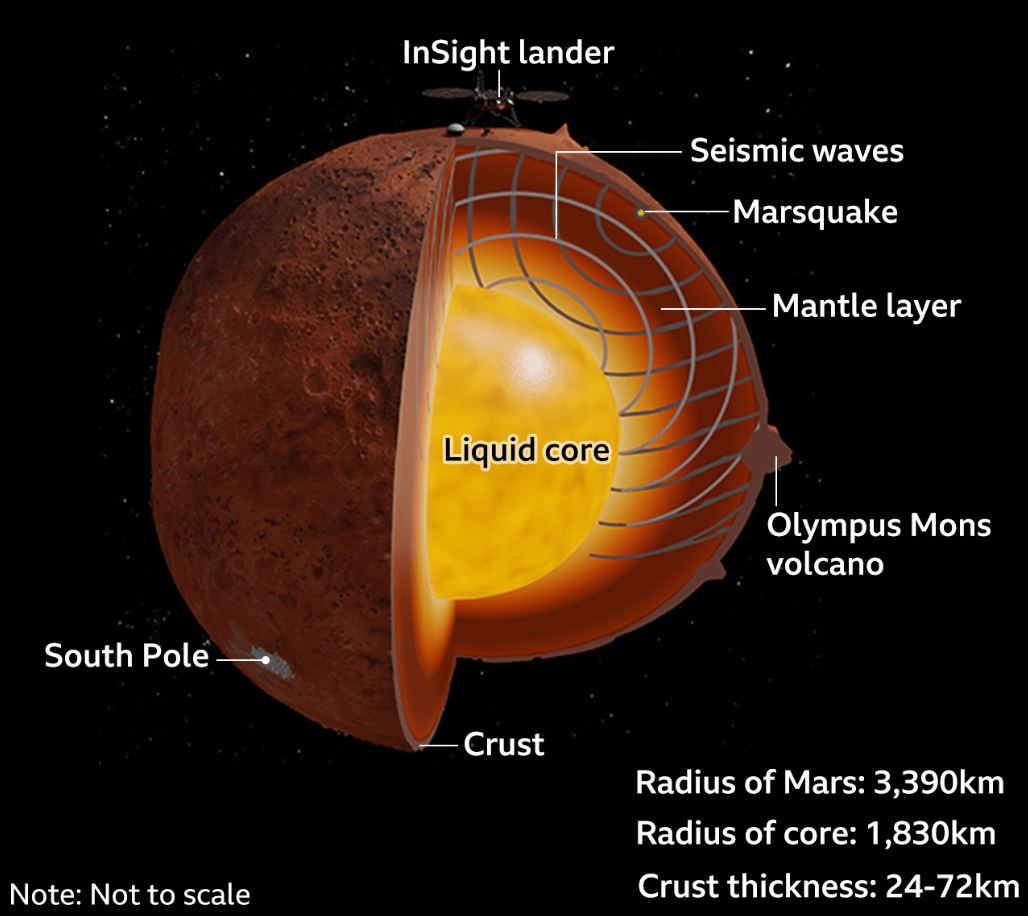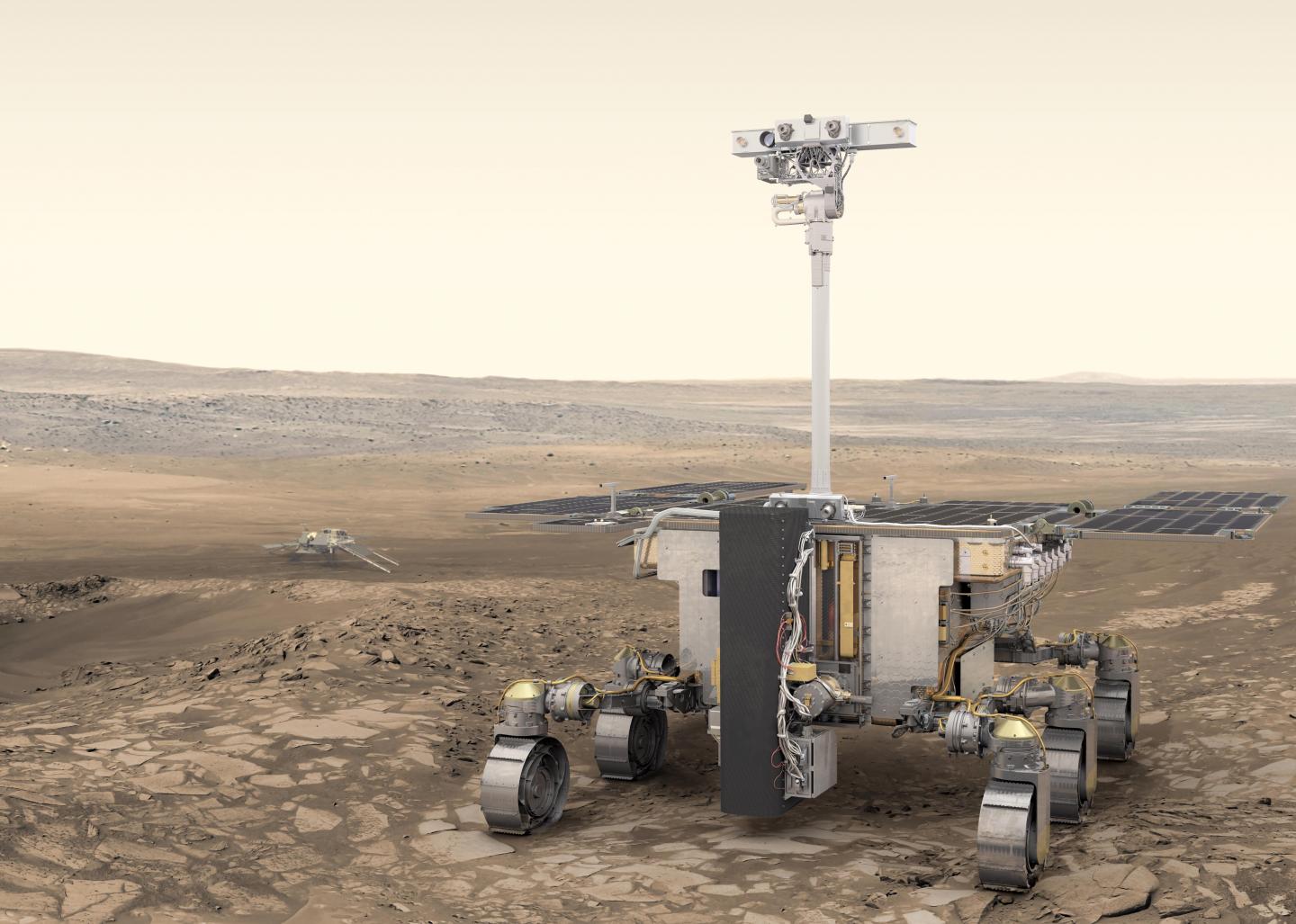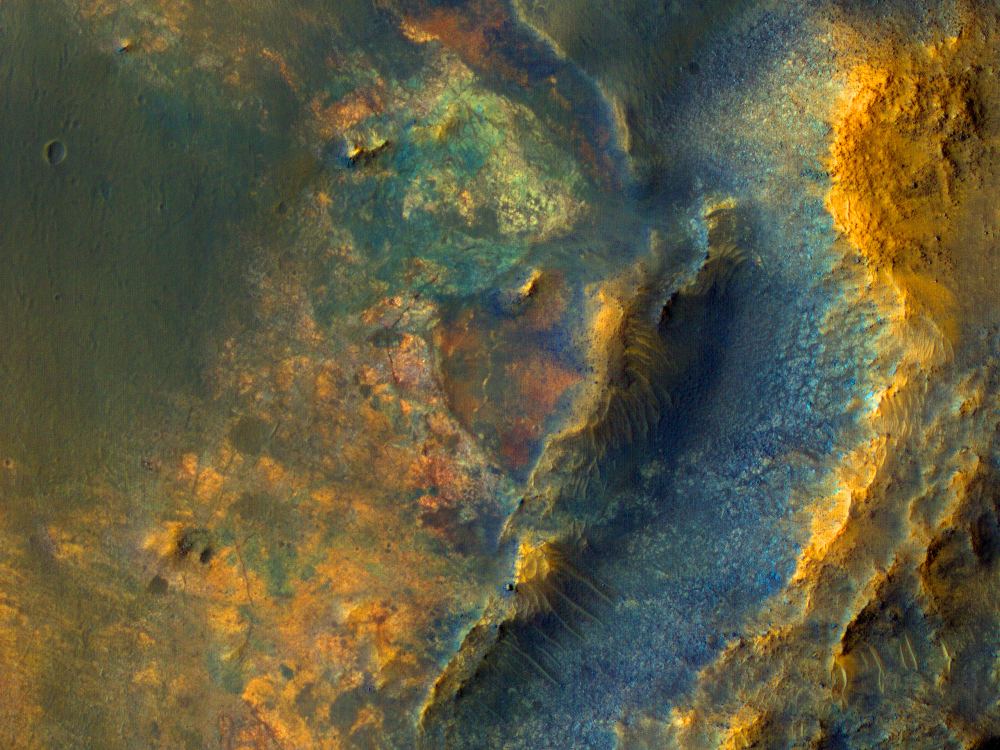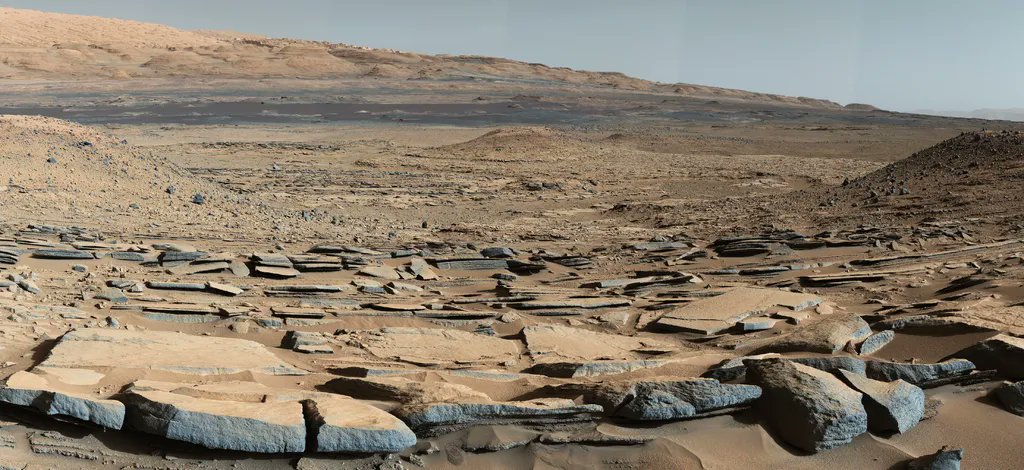In 2033, NASA hopes to make the next great leap in space exploration by sending the first crewed mission to Mars. Additional missions will launch every two years, coinciding with when Mars is in “Opposition” (closest to Earth), to establish a research outpost on the Martian surface. Naturally, many challenges need to be dealt with first, such as logistics, radiation protection, and ensuring enough food, water, and air for the astronauts.
This raises another all-important question: what to do with all the waste this generates? To address this, NASA has once again teamed up with the crowdsourcing platform HeroX to foster solutions. Having already launched competitions for new ideas on how to convert space waste into building materials and jettison the unrecyclable waste, HeroX has launched the Trash-to-Gas Challenge – on behalf of the NASA Tournament Lab (NTL).
With a prize purse of $30,000, NASA wants to hear your best ideas on how to maintain trash-to-gas reactors that may be used on long-duration missions.
Continue reading “NASA Wants Your Ideas on How to Keep Trash-Burning Reactors Working for Future Missions to Mars!”










